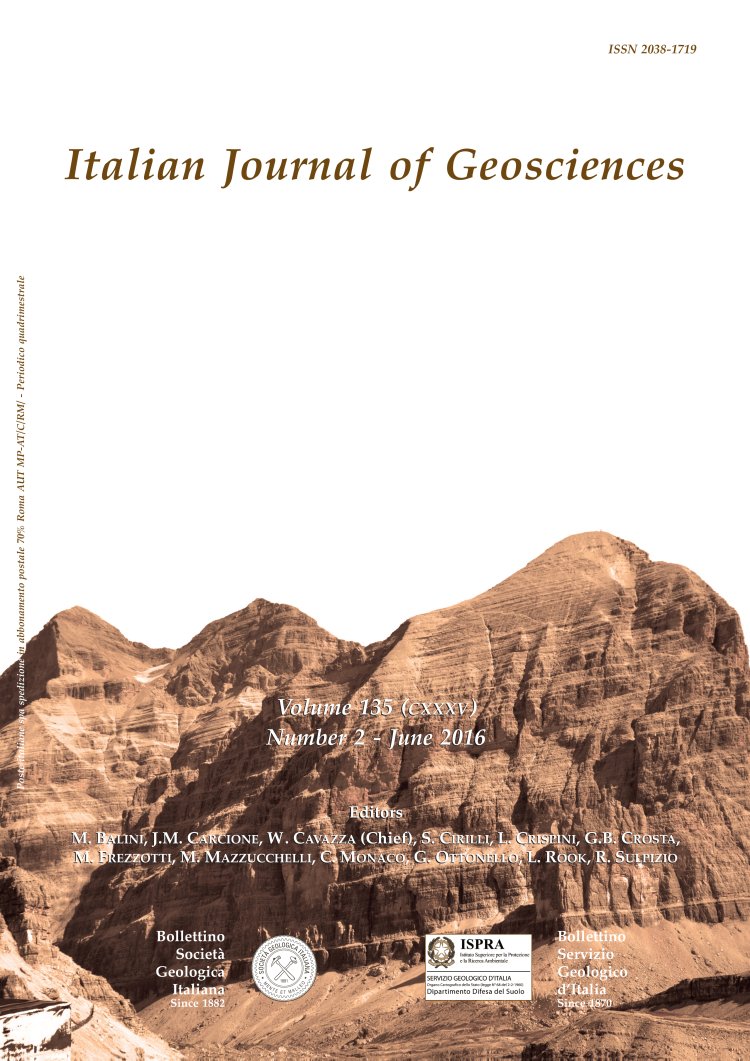
Naturally occurring asbestos (NOA) in rock and soil and relation with human activities: the monitoring example of selected sites in Calabria (southern Italy)
Andrea Bloise (*), Rosalda Punturo (**), Manuela Catalano (*), Domenico Miriello (*) & Rosolino Cirrincione (**)
(*) Dipartimento di Biologia, Ecologia e Scienze della Terra - Università della Calabria, Via Pietro Bucci, Cubo, 15b - I-87036 Rende, tel./fax +390984 493588. Corresponding author e-mail: andrea.bloise@unical.it
(**) Dipartimento di Scienze Biologiche, Geologiche ed Ambientali - Università degli Studi di Catania, Corso Italia, 57 - I-95129 Catania, tel./fax +390957195757; e-mail: punturo@unict.it
Volume: 135 (2016) f.2
Pages: 268-279
Abstract
The major aim of our research is to assess the occurrence, within the serpentinites and serpentinite-derived soils located in the area of Sila Piccola (northern Calabria), of asbestiform minerals that could be potentially harmful for human health. At this purpose, nine serpentinite rock samples and three agricultural soils have been collected nearby two inhabited centres (Gimigliano and Conflenti towns) and characterized in detail by means of Polarized Light Microscopy (PLM), X-Ray Powder Diffractometry (XRPD), Scanning Electron Microscopy combined with Energy-Dispersive Spectrometry (SEM/EDS). Further characterization by Differential Scanning Calorimetry (DSC), Thermogravimetric (TG) and by μ-Raman spectroscopy (μ-R) have allowed the discrimination among the three serpentine polytypes. Serpentinites from Gimigliano mainly consist of lizardite, antigorite while chrysotile is the dominant asbestos phase in the samples from Conflenti. Moreover in both investigated sample groups asbestos tremolite- actinolite was also detected.
Furthermore, high amounts of chrysotile and asbestos tremoliteactinolite were found in agricultural soils, suggesting that human activities can disturb and provoke the release of inhalable asbestos in the atmosphere, triggering thus mechanisms of hazardous exposition for population.
Furthermore, high amounts of chrysotile and asbestos tremoliteactinolite were found in agricultural soils, suggesting that human activities can disturb and provoke the release of inhalable asbestos in the atmosphere, triggering thus mechanisms of hazardous exposition for population.
Keywords
Get Full Text